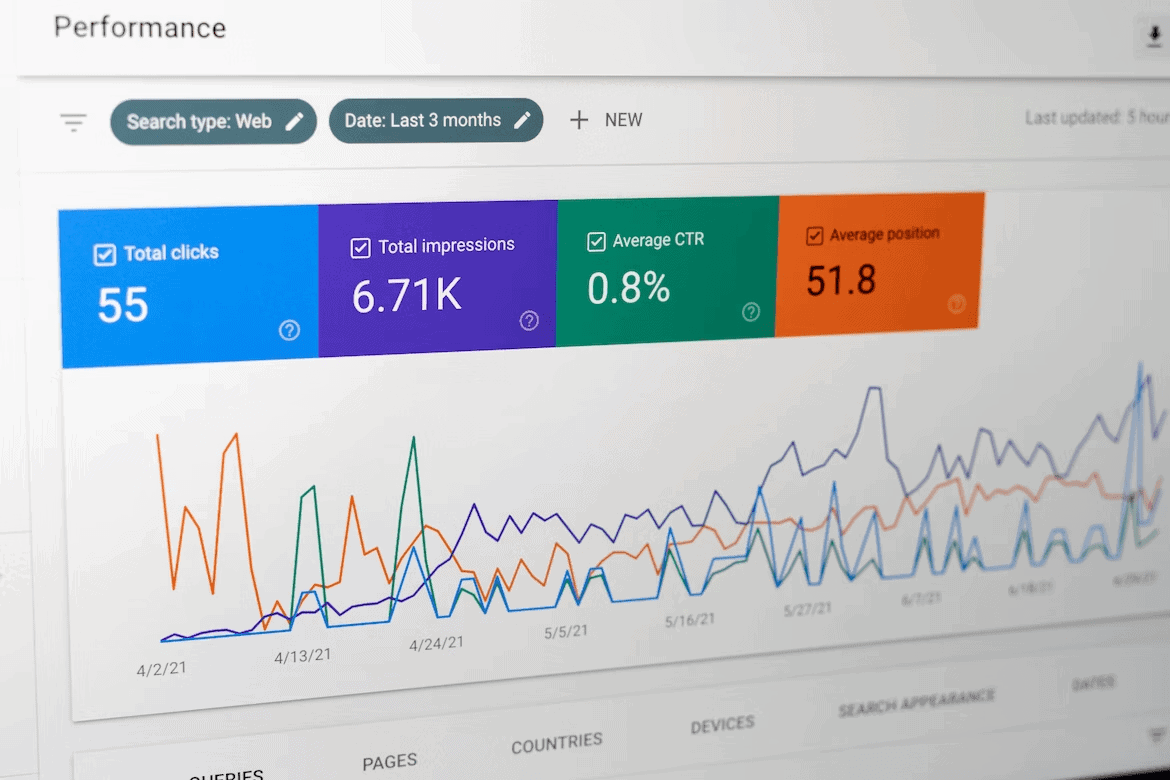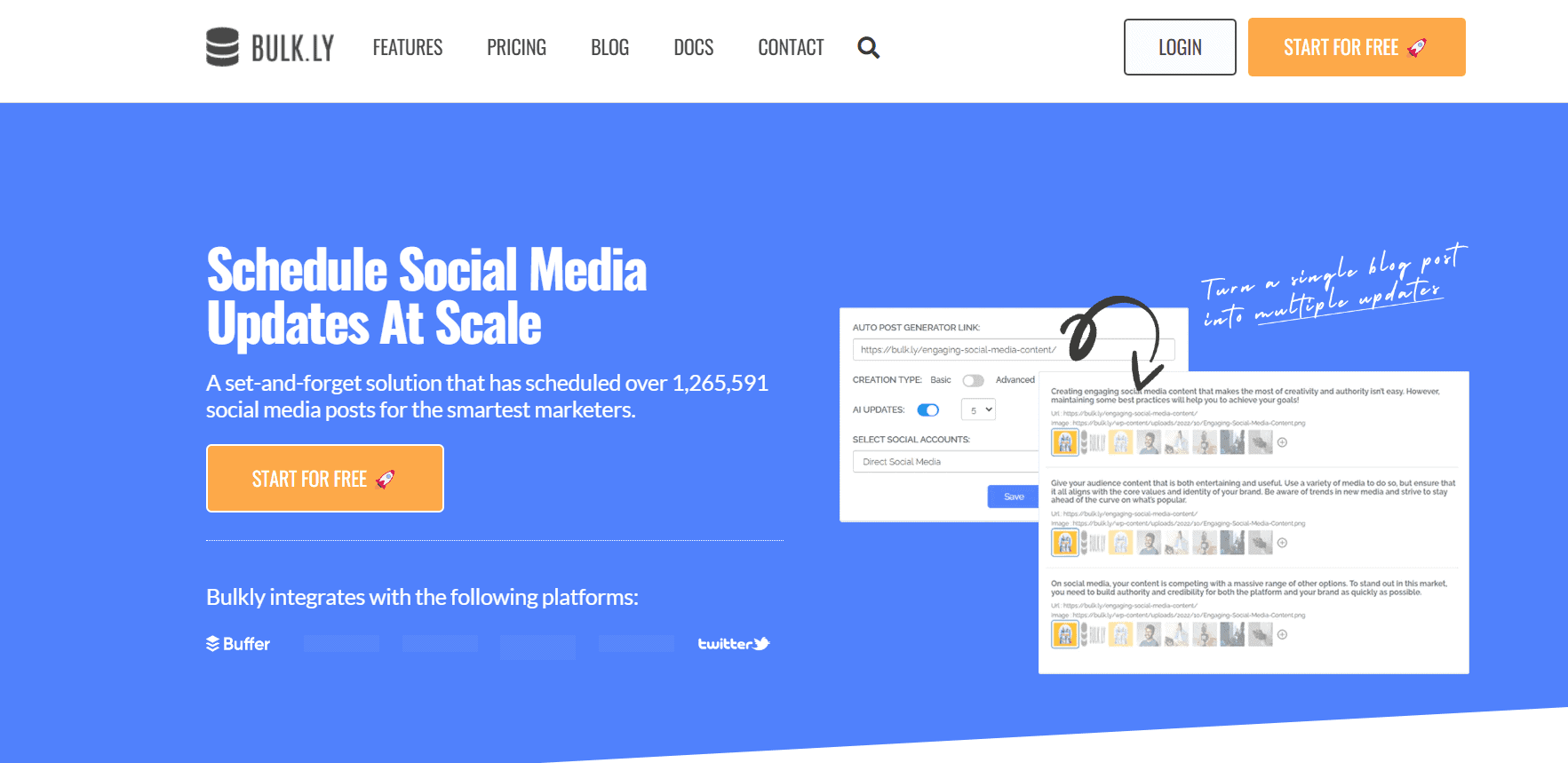Social media is becoming a crucial tool for businesses in today’s digital age to contact their target audience and increase brand recognition. How can you say if your social media approach is working?
Monitoring social media analytics is one method. These metrics give you helpful information about the effectiveness of your efforts and can support data-driven decisions you make for improving your social media presence.

sourced from Unsplash
A recent survey found that there are more than 4 billion active social media users worldwide, making it extremely hard for businesses to stand out. This blog will cover the most important social media metrics to monitor to evaluate your marketing initiatives’ success.
What Are Social Media Metrics?
Social media metrics are statistics that assist you in analyzing how well your social media marketing efforts are performing. These metrics help you measure the success of your social media strategy by giving you information about how your target audience is interacting with the material you publish on social media.
Businesses can monitor a number of different social media measures, including engagement, reach, conversion, and customer metrics.
A crucial step in leveraging these social media metrics is to effectively communicate your findings to stakeholders, team members, and clients. This is where a well-structured social media report presentation comes into play. By consolidating the data collected from various metrics, you can create a comprehensive and visually appealing report that highlights the key performance indicators (KPIs) of your social media strategy.
The presentation should be tailored to your specific goals and objectives, ensuring that the most relevant information is effectively communicated to your intended audience. Working with a pitch deck consultant can help you create a professional presentation that effectively conveys your social media performance and insights to stakeholders.
This not only allows you to easily share your successes and insights, but also helps in making data-driven decisions to optimize your campaigns for maximum impact. The presentation should be tailored to your specific goals and objectives, ensuring that the most relevant information is effectively communicated to your intended audience.
Why Should You Track Them?
Measuring the success of social media strategy, identifying areas for improvement, and making data-driven decisions to optimize your campaigns for better outcomes all depend on tracking social media analytics.
- Examine the results of your social media campaign
- Identify areas for improvement
- Allocate resources more effectively
- Benchmark against competitors
The Key Social Media Metrics To Monitor In 2023
1. Reach
The overall number of people who view your content is known as reach. Monitoring both your broad reach and the reach of each particular post, story, or video is an excellent plan.
The ratio of followers to non-followers in your reach is a proper subset of this statistic. Your material is being shared, performing well in the algorithms, or both if many people who are not followers are seeing it. You can schedule Facebook group posts and share useful information, which will encourage more people to join your group and will help you to extend your reach.
2. Impressions
The number of impressions reflects how many times your article has been seen. Due to the possibility that a single person will view your content more than once, it may be higher than reach.

sourced from Unsplash
A post is being looked at more than once when there are many impressions relative to reach.
3. Audience Growth
The number of new social media followers your company gains over a predetermined time period is tracked by the audience growth rate.
More than just a just count of your new followers is required. Instead, it shows how well your overall audience is represented by your latest followers. Therefore, gaining 10 or 100 new followers in a month can increase your growth rate when you’re just starting.
But to keep up with the growth, you need more new followers once you have a larger audience already.
To calculate your audience growth rate throughout a reporting period, keep track of your net new followers (on each platform). To determine your audience growth rate percentage, divide that figure by your entire audience (across all platforms).
4. Engagement Rate
The percentage of your audience that engages with your content is calculated as the engagement rate.

sourced from Unsplash
Consider calculating engagement in relation to your following. But remember that not every one of your followers will see every post. Additionally, those who still need to follow you may engage with you.
5. Video views
If you make social media videos, you’ll want to know how many people are watching them. Every social network has a slightly different definition of what constitutes a “view,” although typically, a brief amount of time spent watching counts as 1 view.
Therefore, a quick way to see how many people have seen at least the beginning of your clip is to look at the number of video views.
6. Video completion rate
How frequently do viewers watch your videos all the way through? It is a reliable sign that you’re producing exciting content for your audience.
The completion rate of videos is an essential indication for many social media algorithms; thus, working to increase it is a good idea!
7. Click-through rate (CTR)
The click-through rate, or CTR, is how frequently visitors click a link in your post to obtain extra content. Anything from a blog post (even those created by an AI blog writer) to your online store could be that.
The CTR tells how many people viewed your social media content and clicked to learn more. It’s a reliable indicator of how effectively your social media content advertises your product.
Divide the total number of clicks for an article by the total number of impressions to determine CTR. To calculate your CTR as a percentage, multiply by 100.
8. Conversion rate
The conversion rate estimates how frequently social media posts lead to conversion events like downloads, sales, or subscriptions, and leveraging a customer data platform can provide valuable insights into how your social material is contributing to these events. Because it demonstrates the importance of your social material as a way to feed your funnel, this is one of the most crucial social media marketing indications.
9. Cost-per-click (CPC)
The cost-per-click, or CPC, is the cost that you pay every time a user clicks on a social advertisement.
You may put this statistic in vital context by knowing the mean value of orders or even the lifetime value of a customer for your company.
If your conversion rate is strong and your client lifetime value is high, you may pay more per click to attract website visitors in the first place.
You can get CPC in the statistics for the social network where you are running your ad. Therefore, you are not required to calculate it.
10. Cost per thousand impressions (CPM)
The term “cost per thousand impressions,” or CPM, represents the price you pay for every 1,000 impressions of your social media advertisement.
The focus of CPM is views, not actions.
Again, no calculations are necessary here; import the information from the social network’s analytics.
11. Web Traffic
A social media metric called web traffic counts the number of people visiting your website through your social media networks. It is an important metric since it enables businesses to learn how social media marketing affects the volume of website visits.
It is possible to evaluate web traffic statistics by traffic source (such as direct, social media, or organic), page views, unique visitors, bounce rate, and time on site. Businesses can learn more about how customers are interacting with their website and pinpoint areas for development by examining these metrics.
12. Customer satisfaction (CSAT) score
Metrics for customer service go further to response times and response rates. The client satisfaction score, or CSAT, is a measurement that evaluates how content customers are with your goods or service.
The CSAT score is typically determined by answering a straightforward question: How satisfied are you? It is utilized in this instance to gauge how satisfied customers are with your social customer care. A sentiment analysis can also be used to identify customer satisfaction. It can be utilized to track the overall sentiment of a brand or product over time.
It’s the reason why so many companies want you to review the quality of your interactions with their customer service staff later. That is another accurate approach to measure it.
Tools For Track Social Media Metrics
Social media analytics tools are essential for organizations trying to evaluate the effectiveness of their social media marketing strategies. These technologies give companies insightful data on the effectiveness of their social media content, empowering them to optimize their campaigns for tremendous success.
Businesses can choose from several social media analytics tools, each with unique features and functionalities to help monitor and track KPIs online. Some of the most well-liked social media analytics tools are listed below:
Bulk.ly

Bulk.ly is a useful tool for businesses and social media managers who need to manage multiple social media accounts and post regularly. By streamlining the scheduling and publishing process, Bulk.ly can save time and effort, while ensuring that content is published consistently and at the optimal times for maximum engagement.
Google Analytics
With this tool, businesses can track website traffic from their social media networks for free. It gives them insightful information about how users interact with their website and which social media platforms generate the most traffic.
Whatagraph
Businesses can use Whatagraph to track and report social media metrics via automated interactive reports and dashboards. Whatagraph’s streamlined data transfer function, allows even non-technical users to easily move data from different social media ads to a data warehouse for consolidated insights and analysis.
Hootsuite
It is a solution for managing social media with already built-in analytics capabilities. It gives organizations significant insights into how social media content connects with their target audience. It enables them to measure metrics for engagement like likes, comments, and shares across many social media and communication channels.
Sprout Social
It is a platform for managing social media and performing in-depth analytics on behalf of organizations. Businesses may track engagement, reach, and conversion data, and it offers valuable information about how social media projects are doing and where they can be improved.
Buffer
It is a scheduling and analytics application for social media that gives companies information about the effectiveness of their social media content. It offers helpful insights into which social media channels generate the most engagement and enables organizations to measure engagement metrics like likes, comments, and shares.
Wrapping up The Top Social Media Metrics
Businesses must watch social media data if they want to evaluate the effectiveness of their marketing initiatives. Businesses can evaluate how their social media material is performing and highlight areas for development by tracking metrics like site traffic, conversion rates, engagement rates, reach, and customer satisfaction.
Finally, understanding and measuring social media data is crucial for companies of all sizes to remain competitive in the current digital era. Businesses may better engage with their audience and accomplish their marketing objectives using social media and analytics.

